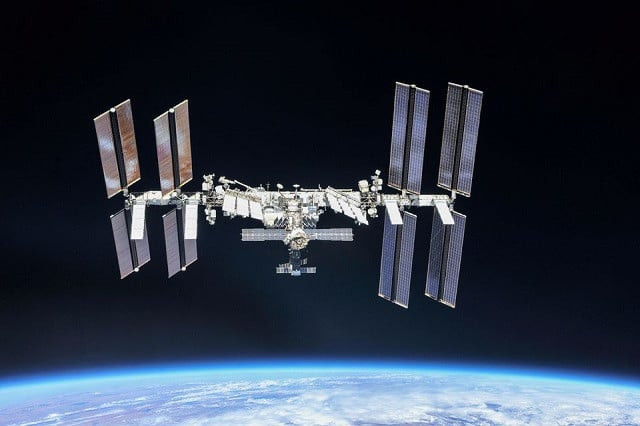Scientists to look for alien life on Alpha Centauri
Scientists are trying to discover planets in the nearest galaxy, Alpha Centauri, that resembles our solar system.

Scientists are strenuously looking for more planets that could potentially hold extraterrestrial life and have recently come across Alpha Centauri, a gravitationally bound system of stars which is four lightyears away and resembles our solar system.
The project is aiming to build a small space telescope named Toliman that will be launched into earth's orbit in two years and will be able to detect other planets by 2025.
No planets have yet been detected around Alpha Centauri, though scientists can now use technology to scan the atmospheres for biosignatures created by extraterrestrial life.
More than 4,000 planets have been discovered by scientists as of yet, mostly because of "lucky alignments" Peter Tuthill, professor of astrophysics at the University of Sydney says. "We’re not actually very good at finding planets,” he says.
Most of the planets were discovered by the Kepler space telescope but failed with Alpha Centauri. Thus, scientists are developing a new space telescope that will have a specially etched mirror which will create a "diffractive pupil" effect. The Alpha Centauri system has two stars similar to the sun, orbiting around each other 20 times the distance between the sun and the earth.
The Toliman project is supported by Breakthrough Initiatives, a space exploration fund. The project group proposed exploring Alpha Centauri with Breakthrough Starshot which consists of thousands of tiny space probes launched at high speeds into space. This could reach Alpha Centauri in 20 years.
Tuthill says that "Alpha Centauri is very close, so if people want to dream visionary dreams about interstellar flight one day, then Alpha Centauri has to be our first bus stop on the way out into the galaxy"
After Toliman does detect a planet, scientists' next step would be to determine what the atmosphere is like and find the chemical biosignatures. While determining this will also be difficult, but "observing the nearest and brightest planetary system is going to provide our most likely route to success" astrophysicist Chris Watson of Queen’s University Belfast said.



















COMMENTS
Comments are moderated and generally will be posted if they are on-topic and not abusive.
For more information, please see our Comments FAQ